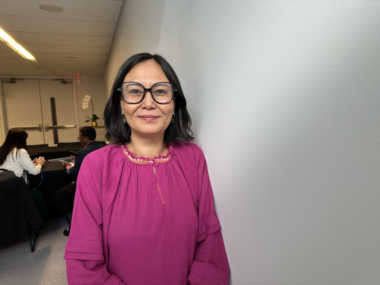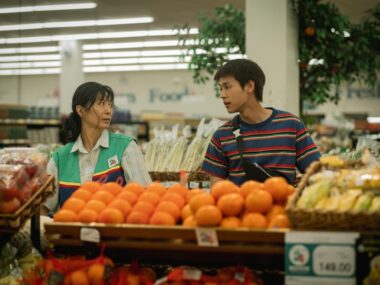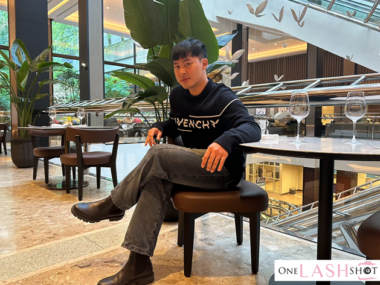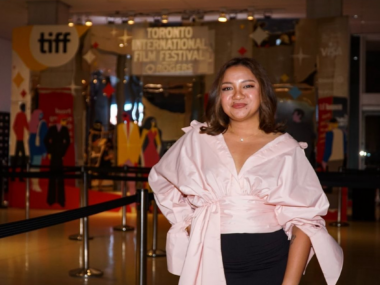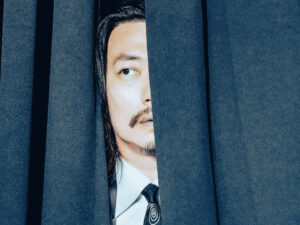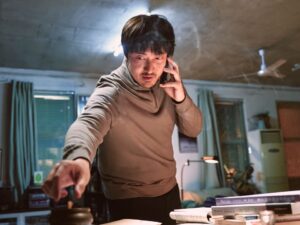The first manga I ever read by Akiko Haigashimura was Princess Jellyfish. Blank Canvas: My So-Called Artist’s Journey followed. Fast forward to 2025, when the live-action adaptation of the latter made its debut at Fantasia!
Popular Japanese manga artist Akiko Higashimura was born in 1975 in Kushima, Miyazaki Prefecture. From a tender age, her deep affection for drawing fueled a relentless aspiration to one day establish herself as a manga artist.
Her best-known works include Princess Jellyfish, Tokyo Tarareba Girls, and Blank Canvas: My So-Called Artist’s Journey/ Kakukaku Shikajika. Known for her remarkable productivity, since the mid-2000s she has juggled multiple serializations, producing around 100 pages monthly for over a decade. In 2007, she worked on several series and one-shots simultaneously.
Higashimura’s style blends fashion, humor, and subtle romance, shaped by early editorial guidance. While she continues writing shōjo manga, she prefers to handle romance with humor or unique perspectives rather than heavy drama. She won the Manga Taishō and the Grand Prize at the Japan Media Arts Festival in 2015 for her autobiographical work in Kakukaku Shikajika.
In 2025, her autobiographical manga, Kakukaku Shikajika was adapted into a feature film starring Mei Nagano (Burn the House Down) as Akiko, and veteran actor Yo Oizumi as her teacher and mentor, Kenzo Hidaka. The story follows Akiko Hayashi, a high schooler dreaming of becoming a manga artist but lacking discipline and skill. Her parents send her to a painting class led by the strict, unconventional Kenzo Hidaka whose intense focus on classical art challenges Akiko to face her insecurities and dedication to her craft.
One Lash Shot sat down with the celebrated manga artist and illustrator Akiko Higashimura for an unfiltered conversation about breathing life into a world drawn from her own experiences—and the unique role she played in transforming that vision from page to screen.
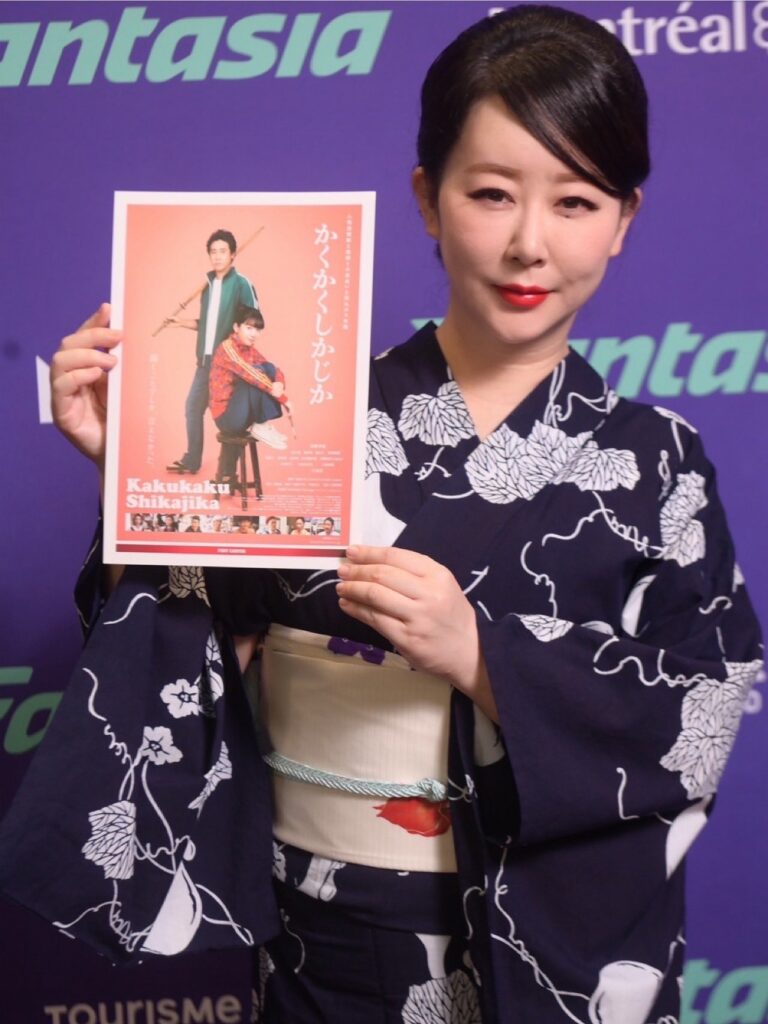
Was there a particular moment or event in your childhood that first sparked your interest in drawing?
I’ve loved drawing since I was a kid. In Japan, I grew up reading shōjo manga, so I naturally decided to become a shōjo mangaka when I was in elementary school.
Which manga artist had the most profound influence on you growing up?
When I think of shōjo manga, the first one that comes to mind is Glass Mask by Miuchi Suzue.
This story, inspired by your relationship with Hidaka-sensei, feels especially personal. How did you handle the emotional weight of bringing such an intimate narrative to life?
Well, since the story is about me, I remember everything. During the shoot, memories from my childhood came flooding back. I actually drew a lot from those experiences and often used them to guide the cast during filming.
How long did it take you to complete the original manga?
The first chapter of the manga took me just two days to create—I started from a blank page and finished it in that time. I didn’t want to dwell too much on the memories, so I focused solely on drawing. That was about two years ago, if I remember correctly. By Japanese mangaka standards, I suppose that’s considered incredibly fast.
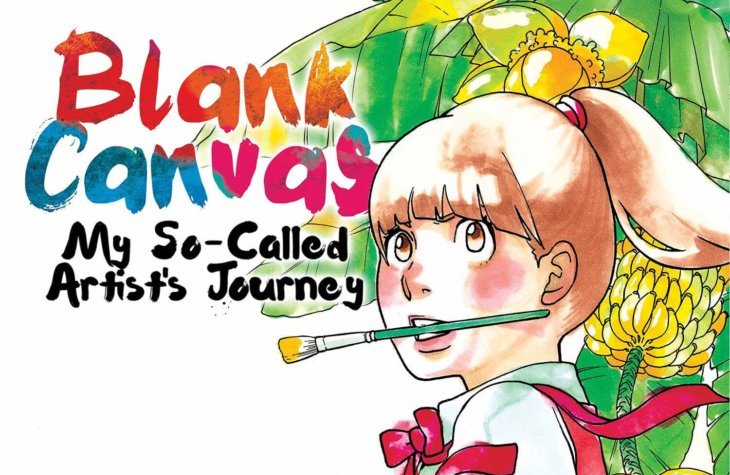
You shared many moments with Hidaka-san, both in the studio and even that night at the bar when you chose not to drink beer. Is there one memory with him that continues to resonate with you the most?
You might remember the scene where I was picking oranges with Hidaka-sensei—that’s the moment that stands out to me the most. I was holding a basket, and he kept yelling at me because I was scared. Those oranges were actually meant to be our snacks. That memory really stayed with me.
Were you involved in the making of the film? If so, how hands-on were you with the script or casting?
There were actually two of us working on the script, including myself, so I was involved in the dialogue from the very beginning. As for the filming, I was on set every day. For the cast, I specifically wanted Mr. Oizumi to play the role of Hidaka-sensei, and once he agreed, we brought him on board.
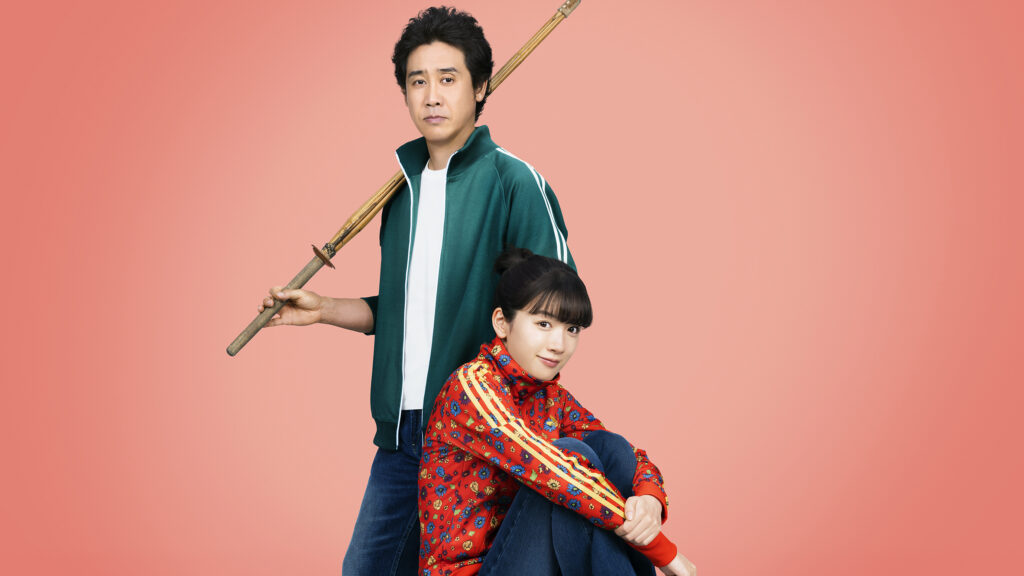
What was it like to see the audience’s reaction to the movie?
In theaters across Japan, many people came to see it—and they were all in tears. I was especially surprised to witness that myself, even seeing older people, like elderly men, crying in their seats.
Is there a particular scene or chapter from the manga that you wish had made it into the film adaptation?
Yes, since the film was two hours long, many scenes had to be cut. Because I wrote the script, I was the one who decided which scenes to remove. A lot of scenes set in Osaka were cut, and I feel sorry for the people there. I was told many times by people from Osaka, “Why did you cut Osaka out of the story?” so I apologized profusely.
Several of your works, including Princess Jellyfish with Masaki Suda, have been adapted for the screen. Do you have a personal favorite among these adaptations?
Well, Kakukaku Shikajika is probably my favorite because I was personally involved in it. So, without a doubt, it’s this one. That said, I also thought the anime adaptation of Princess Jellyfish was very well done—super high quality.
What’s next for you?
Right now, I’m working on a manga about kimonos. Moving forward, I want to write many love stories for adults set in traditional settings—old-fashioned manga like the ones I read as a child.
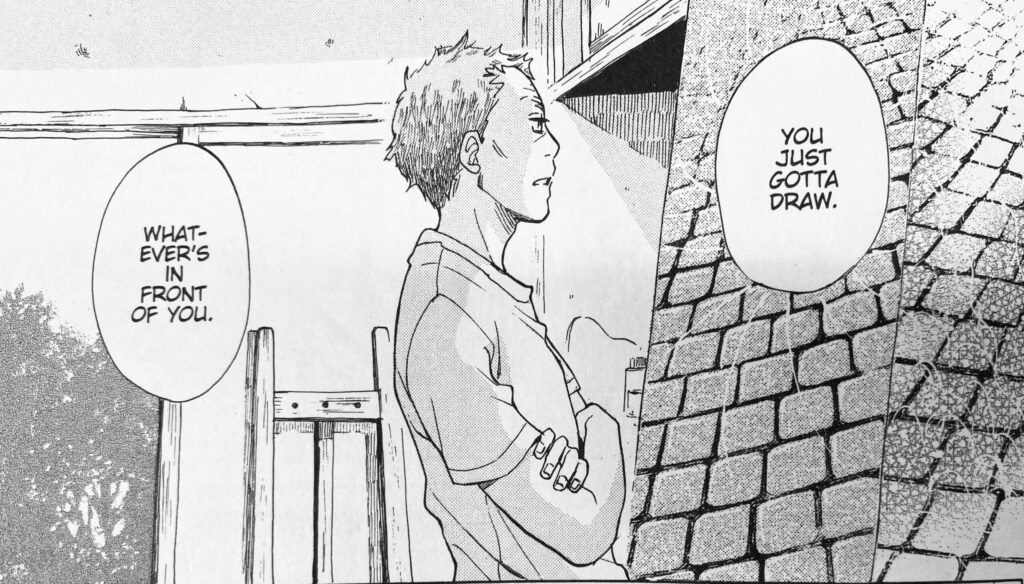
[Author’s Note: ありがとう Akiko-san!描いてください!:) 恋愛ストーリーを読むのが待ちきれません]


